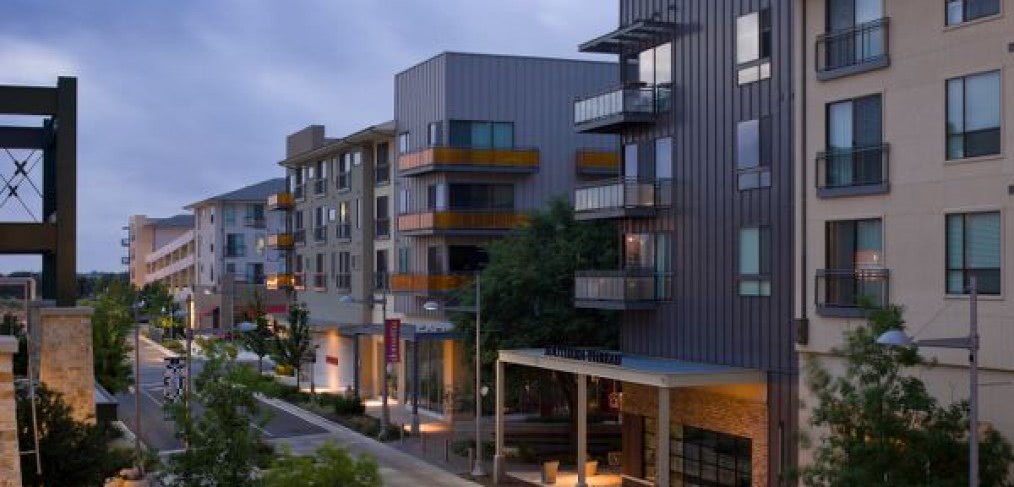
Live Brand
RTKL Executive Director Todd Lundgren discusses London’s residential property market.
Around London, new residential property is constantly being touted with the help of a slick brand. Advertisements, complete with bold logos and sharp renderings, are splashed across the pages of newspapers, hung from the walls of Tube stations and pasted across billboards. Whether they herald the traditional or the modern, luxury or urban edginess, they all claim to offer the next great frontier in London living.
The problem is that’s all they are doing. These logos, advertisements and renderings make promises, but it doesn’t take long to figure out those promises are only skin deep. A property marketed as the new standard in urban living quickly falls flat when the experience is identical to the building next door. A property heavily marketed toward a successful urban professional feels inauthentic when it offers nothing that suggests an understanding of the needs and desires of that demographic.
The unfortunate truth is that many of these properties are designed first and branded later. Not only does this approach risk alienating the target buyer, but it also represents an enormous missed opportunity for a developer. Building a brand into the design and development of a residential building enables a better more targeted product, an essential differentiator in an increasingly crowded market, and ultimately, a far better foundation for marketing than simply a logo on a poster.
Achieving a comprehensive brand might seem complicated or costly, but building branding into the process from the outset can actually make the design and development process smoother. By establishing a set of brand values up front, you can create a framework for decision-making that builds consensus throughout the project. You can make a better case for planning permission. You can channel investment into areas most likely to deliver returns. In London, where location is no longer enough to attract an increasingly savvy buyer, you can arm your salespeople with the ability to sell the lifestyle of your property long before construction begins.
In the U.S., where build-for-rent has been the norm for decades, multifamily properties have had to differentiate themselves or risk failing to meet leasing targets. As a result, enlightened developers there have learned the value of brand as a strategic tool in defining the product.
At Founder’s Square, currently under construction in Arlington, Virginia, we worked with the developer long before pen was put to paper to better understand and define their target market. We toured local competitive properties, we spent time in local cafes and shops, we chatted with countless locals, we even scoured profiles of a popular dating site filtered for the local area and age targets. We did all of this with the purpose of understanding the aspirations of their customer. From there, we identified three robust core values that drove every decision from how to design the lobby and configure the unit plans to which amenities to include.
When Founder’s Square is complete, the developer will have a product custom-built for its market, and renters will be scripted into a complete experience that resonates with them at every touchpoint. In London, the built-to-let market is on the precipice of growing and brand will play an important role in its expansion, but its implications will also be felt by traditional developers.It’s no longer enough to have just a logo; the magic lies in what’s behind it.
All images: ©RTKL

![founderssq200906040457584[1]](http://www.callisonrtkl.com/wp-content/uploads/2012/08/founderssq2009060404575841.jpg)